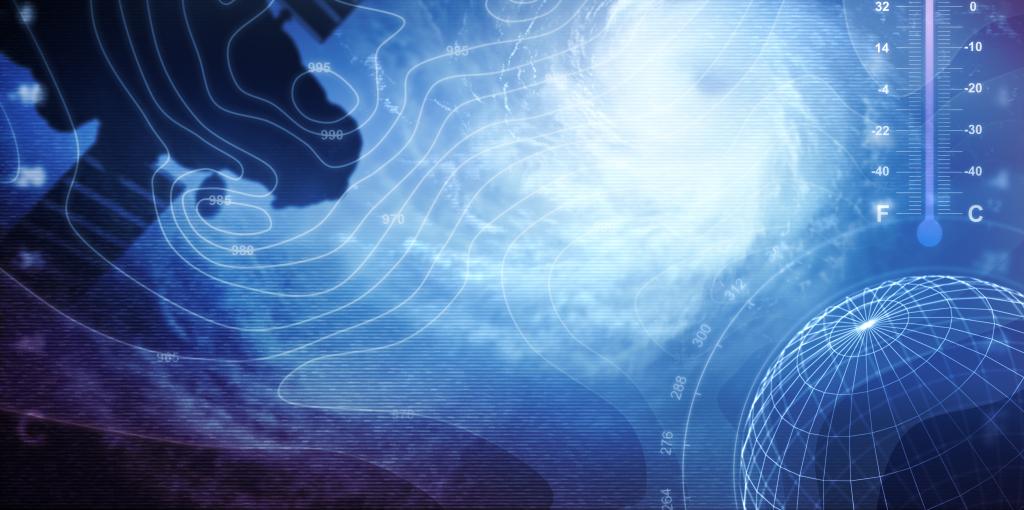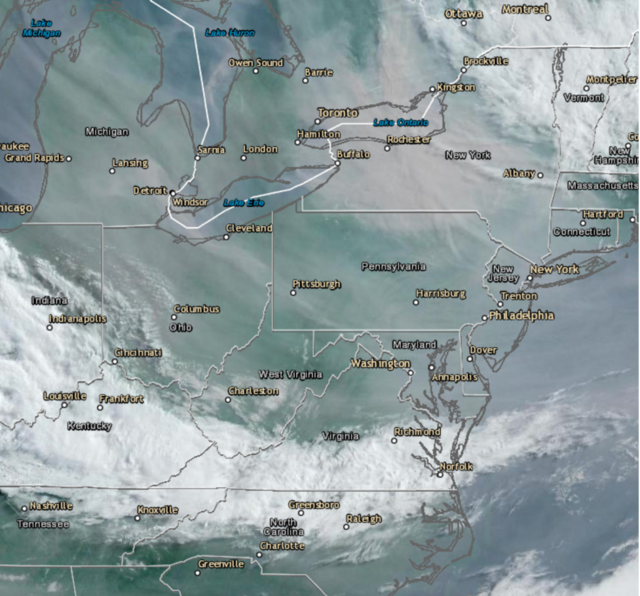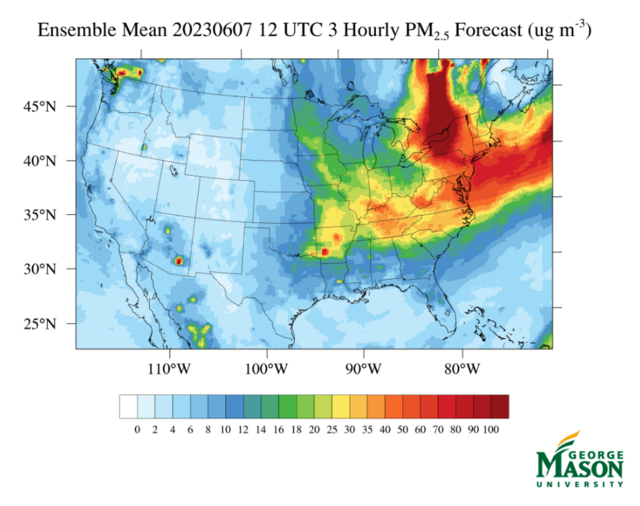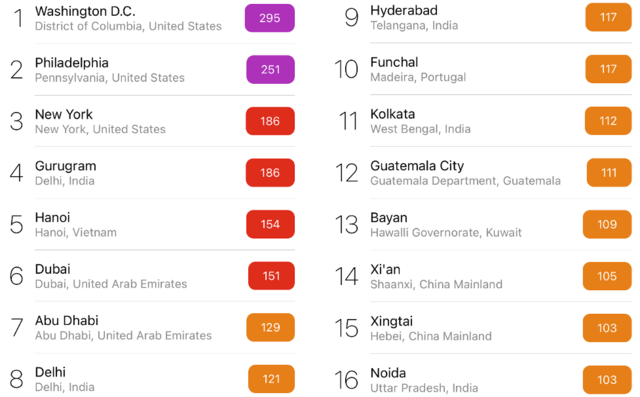Admission CTAs
Canadian wildfire smoke and particulate matter blanket northeastern U.S.
Residents across the northeastern U.S. are experiencing days of the worst air quality in recent decades.
The sky is blanketed by smoke from Canadian fires in the north. The Air Quality Index (AQI) has exceeded 200, indicating an "unhealthy" level and posing risks to the well-being of residents.
This smoke originates from the wildfires in Canada, and has been transported to the DC region (Figure 1), thanks to northerly winds formed by a counterclockwise-spinning low-pressure system near Maine.
Prolonged exposure to such pollutants can exacerbate respiratory conditions, increase the risk of cardiovascular issues, and cause eye and throat irritation. “These tiny particles can get deep into your lungs.” said Daniel Tong, associate professor of Atmospheric, Oceanic and Earth Sciences at George Mason University.
Over the past few years, Tong’s Air Quality Group has been actively developing forecasting capability of wildfire smoke. Their Hazardous Air Quality Ensemble System (HAQES) takes in model predictions from various federal agencies, including the National Atmospheric and Oceanic Administration (NOAA), National Aeronautics and Space Agency (NASA), and Naval Research Laboratory (NRL), to produce a consensus forecast, which shows superior performance during extreme events such as wildfire.
“Mason’s HAQES forecasting system accurately predicted the transport of this wildfire smoke and successfully forecast the recent poor air quality in the northeast U.S. and mid-Atlantic region.” said Yunyao Li, a Mason Research Scientist in the Air Quality Group who leads the development of the new system (view dynamic image of Figure 2). Their forecast products are released to the public through NASA Goddard Earth Sciences Data and Information Services Center (GES DISC). Daily forecast maps are also accessible through Mason's HAQES website.
Given the persistent poor air quality, it is highly recommended that individuals minimize their outdoor activities. When staying outside, it is advised to wear N95 or equivalent masks capable of filtering out the fine particulate matter in the smoke. This precautionary measure can help mitigate the risks associated with inhaling harmful pollutants.
U.S. residents may not be as familiar with what to do with such air quality warnings. “To put this event in perspective,” Tong explained, “for those who know of similar air quality situations in say, China where city residents wear masks on a more frequent basis, this condition we are experiencing now is at an even worse level of air quality then what they experience in China.”
The air quality in Washington, D.C. is the worst in the world today. According to the ranking of global cities, the AQI reads 295 in the morning of June 8, 2023, making it No. 1 polluted city, seconded by Philadelphia (251) and New York City (186). As a reference, the AQI in the most polluted city is 186 in India (Gurugram, Delhi) and 105 in China (Xi’an).
“When air quality issues like this occur, it is best to stay indoors, if possible," Tong advised. "I personally have canceled my own jogging and gardening until the air is clean.” said Tong.
Safety, Emergency and Enterprise Risk Management officials at George Mason University have heeded this advice, offering its northern Virginia campuses the following directive:
- Outdoor activities should be moved inside or rescheduled if possible and when appropriate, additional flexibility offered to those who may be particularly sensitive to the current conditions.
- Individuals should minimize outdoor time and exposure to the smoke/haze
- Anyone who is particularly sensitive to the current conditions should seek medical care if they experience any difficulties, and wear a high-quality mask when outdoors
For more information contact John Hollis, Media Relations Manager, George Mason University.
Federal Collaborators:
NOAA:
Dr. Barry Baker
Dr. Ravan Ahmadov
NASA:
Dr. Anton S. Darmenov (GSFC-6101)
Naval Research Laboratory:
Dr. Edward Hyer
Dr. Peng Xian



